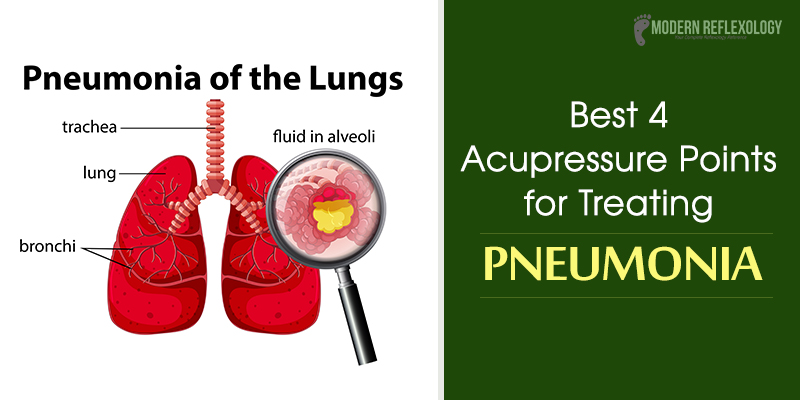

Because pneumonia can cause breathing difficulties, you may notice these other, more specific symptoms, too:ĭrawing in of the skin between and around the ribs and breastbone Babies and toddlers may seem pale and limp, and cry more than usual. The child also may lose her appetite and seem less energetic than normal. Like many infections, pneumonia usually produces aįever, which in turn may cause sweating, chills, flushed skin, and general discomfort. Signs & symptoms of pneumonia in children

The chance that a child will develop pneumonia is not affected by how she is dressed or by air temperature on cold days. Children whose airways or lungs are abnormal in other ways may have a higher risk.īecause most forms of pneumonia are linked to viral or bacterial infections that spread from person to person, they're most common during the fall, winter, and early spring, when children spend more time indoors in close contact with others. Also, if a viral infection has irritated the airway enough or weakened a child's immune system, bacteria may begin to grow in the lung, adding a second infection to the original one.Ĭertain children whose immune defenses or lungs are weakened by other illnesses, such asĬancer may be more likely to develop pneumonia. Pneumonia also can be caused by bacterial infections. Most cases of pneumonia follow a viral upper respiratory tract infection. The word pneumonia means " infection of the lung." While pneumonia was extremely dangerous in past generations, today most children can recover from it easily if they receive proper medical attention.


 0 kommentar(er)
0 kommentar(er)
